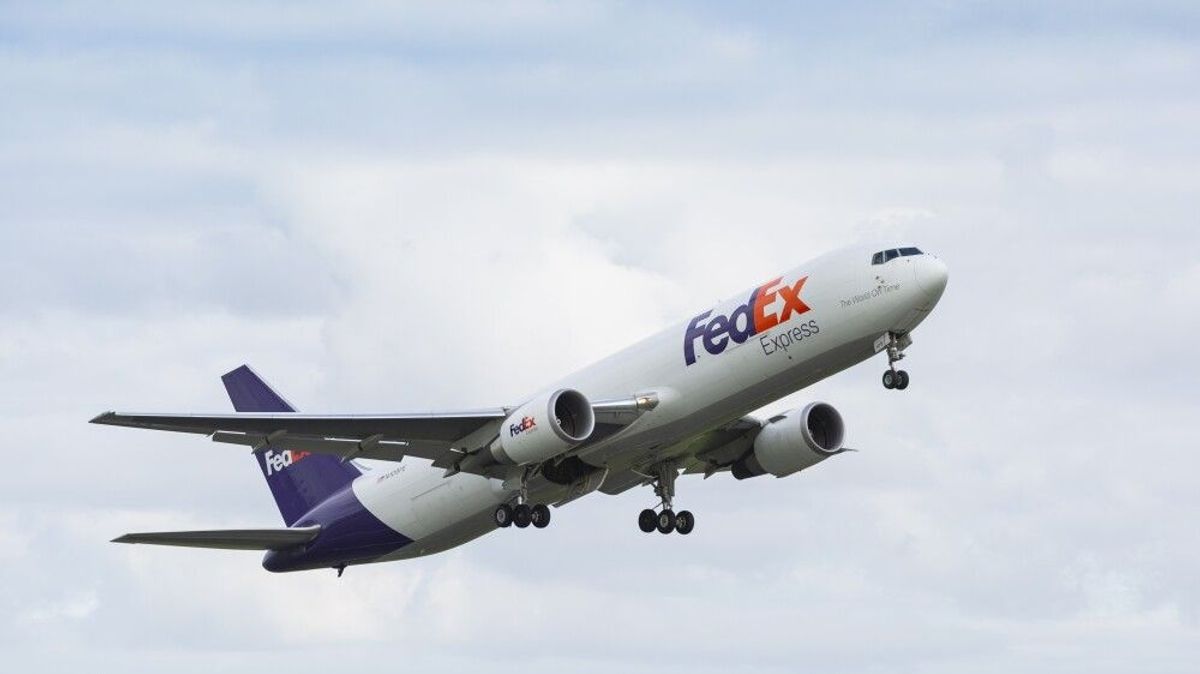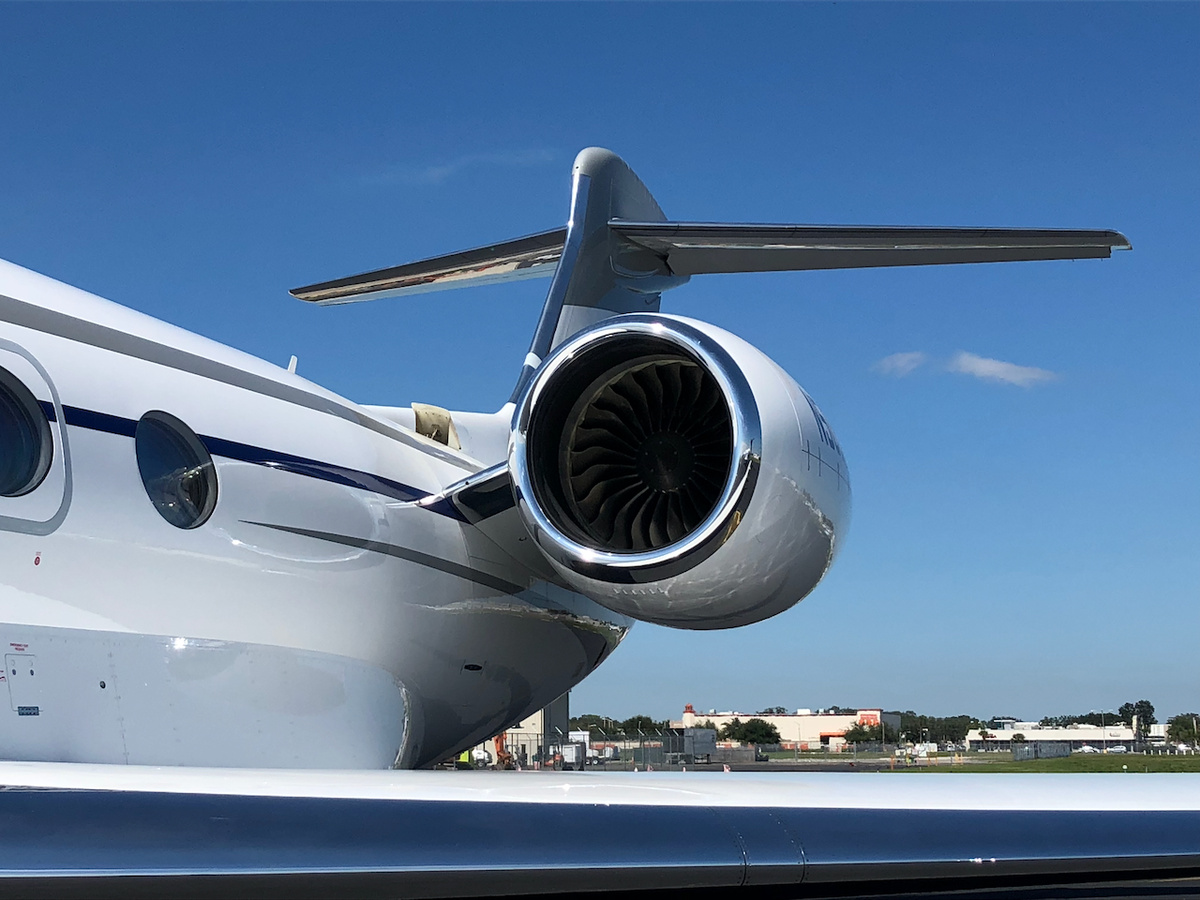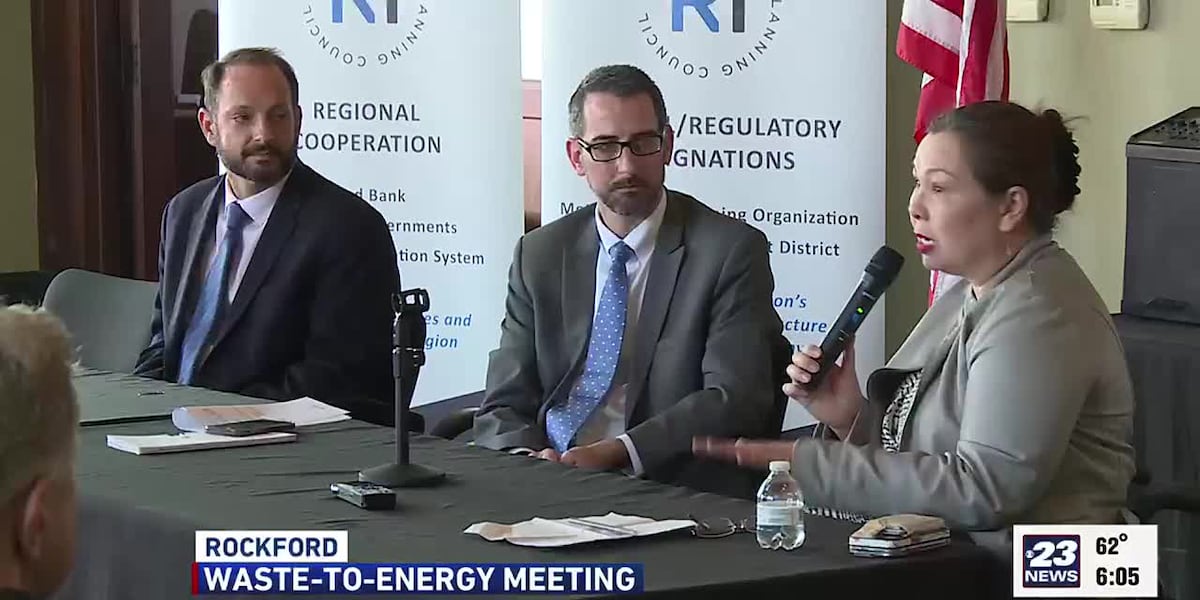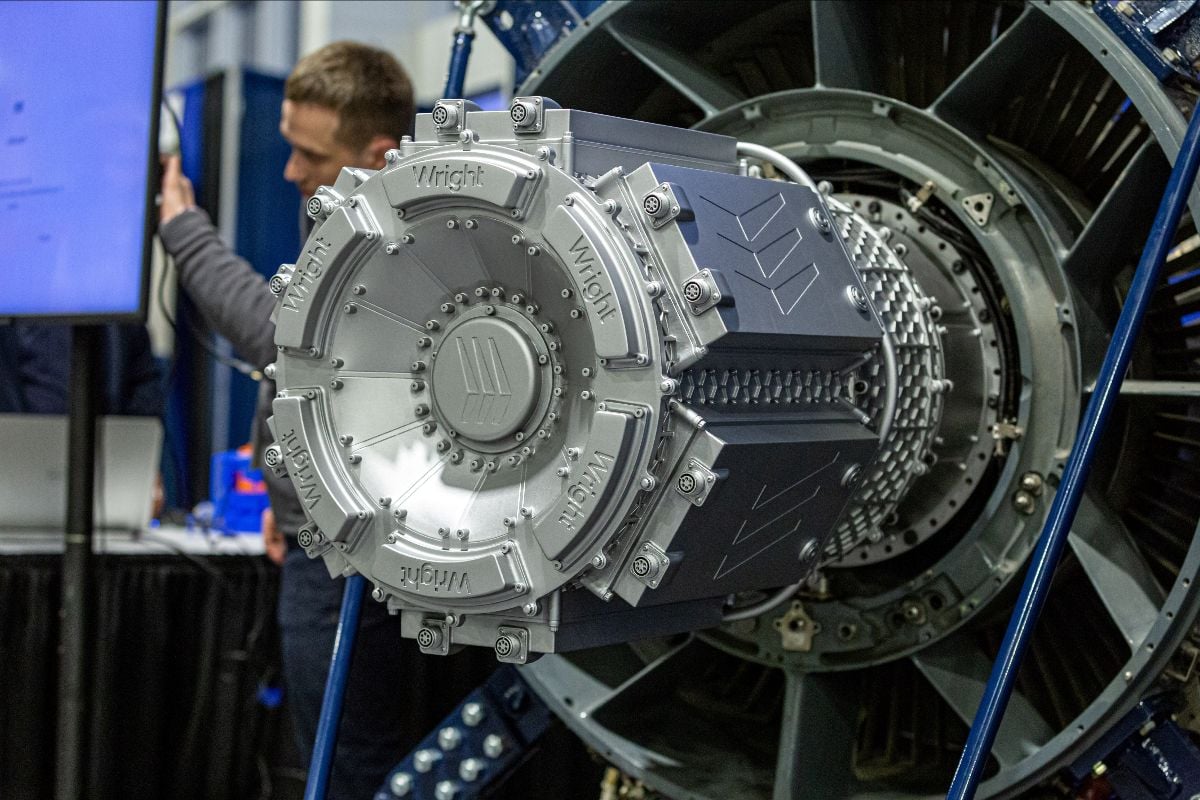
In a world grappling with the urgent need to combat climate change, the Federal Aviation Administration (FAA) has taken a decisive step forward. Announcing a groundbreaking regulation that mandates fuel-efficient technologies for large airplanes, the FAA is steering the U.S. aviation industry toward a greener future. This rule, a critical component of the U.S. Climate Action Plan, is not just about innovation; it’s a commitment to our planet’s health and future generations.
A Bold Leap for Aviation
The new FAA regulation spells a significant shift for aircraft manufacturers and the aviation sector at large. Starting January 1, 2028, most new subsonic jets, large turboprops, and propeller aircraft entering U.S. airspace must embody fuel-efficient technologies. This includes popular models like the Boeing 777-X and Airbus A330-neo, heralding a new era of aviation that prioritizes environmental sustainability alongside technological advancement.
The Environmental and Economic Impacts
At present, civil aircraft emissions represent nine percent of domestic transportation emissions and two percent of total U.S. carbon pollution. The FAA’s initiative aims to significantly reduce these figures, contributing to the broader goal of achieving net-zero greenhouse gas emissions from the U.S. aviation sector by 2050. This regulation not only addresses the urgent need to mitigate climate change but also anticipates economic benefits by fostering innovation and potentially lowering fuel costs in the long term.
Challenges and Opportunities Ahead
Implementing these sweeping changes will not be without its challenges. Manufacturers face the daunting task of integrating advanced fuel-efficient technologies within a relatively short timeframe. However, this also opens a plethora of opportunities for innovation, job creation, and leadership in the global move towards sustainable aviation. As the FAA Administrator Mike Whitaker pointed out, this rule is a pivotal step towards manufacturing more fuel-efficient airplanes, a move that aligns with the U.S. Aviation Climate Action Plan’s vision for a sustainable and prosperous future.
The FAA’s latest regulation is more than a policy change; it’s a testament to the power of collective action and innovation in the face of global challenges. By setting a new standard for fuel efficiency, the FAA is not only leading the charge towards a sustainable aviation sector but also inspiring other industries to follow suit. As we look towards 2028 and beyond, the skies are set to become not just busier, but cleaner and greener, a horizon we can all look forward to with hope and anticipation.












